Ball pythons, with their serene elegance and striking patterns, have become a popular choice among snake enthusiasts. Their care, particularly feeding habits, can be a topic of curiosity and sometimes confusion for many. Understanding the nutritional needs of your ball python is essential to ensure its health and longevity. In this article, we’ll explore the feeding frequency for ball pythons, keeping in mind their natural behaviors and needs.
Understanding the Natural Diet of Ball Pythons
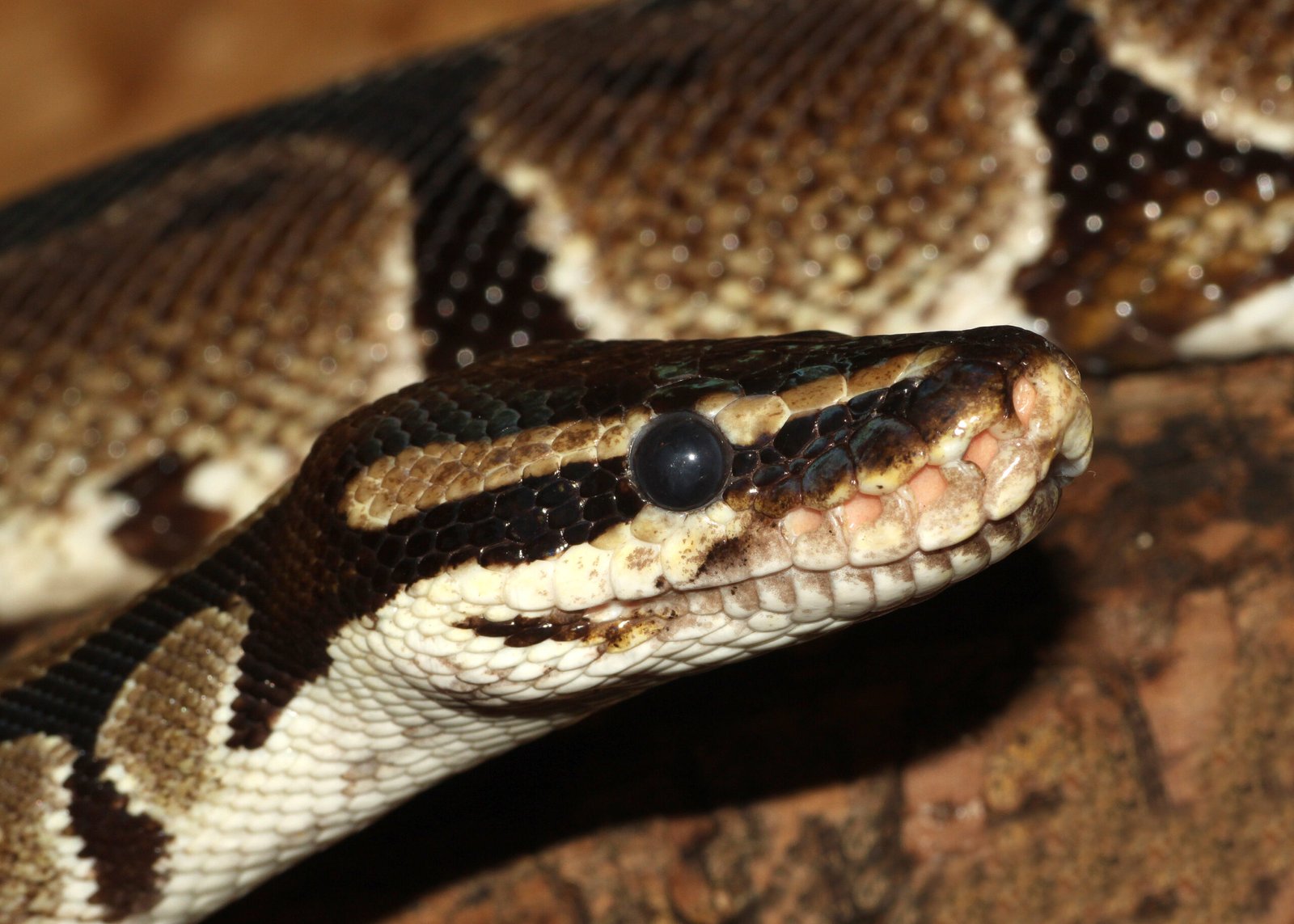
Ball pythons, native to the grasslands and forests of West and Central Africa, primarily feast on small mammals in the wild. Their diet mainly consists of rodents like mice and rats, which provide them with the essential nutrients they need to thrive. These snakes are ambush predators, meaning they prefer to wait quietly for prey to come close before striking. In the wild, food isn’t always available daily, so they have adapted to eat less frequently but more substantially when they do. Understanding this natural feeding pattern is crucial for replicating a healthy diet in captivity.
Feeding Frequency for Juvenile Ball Pythons
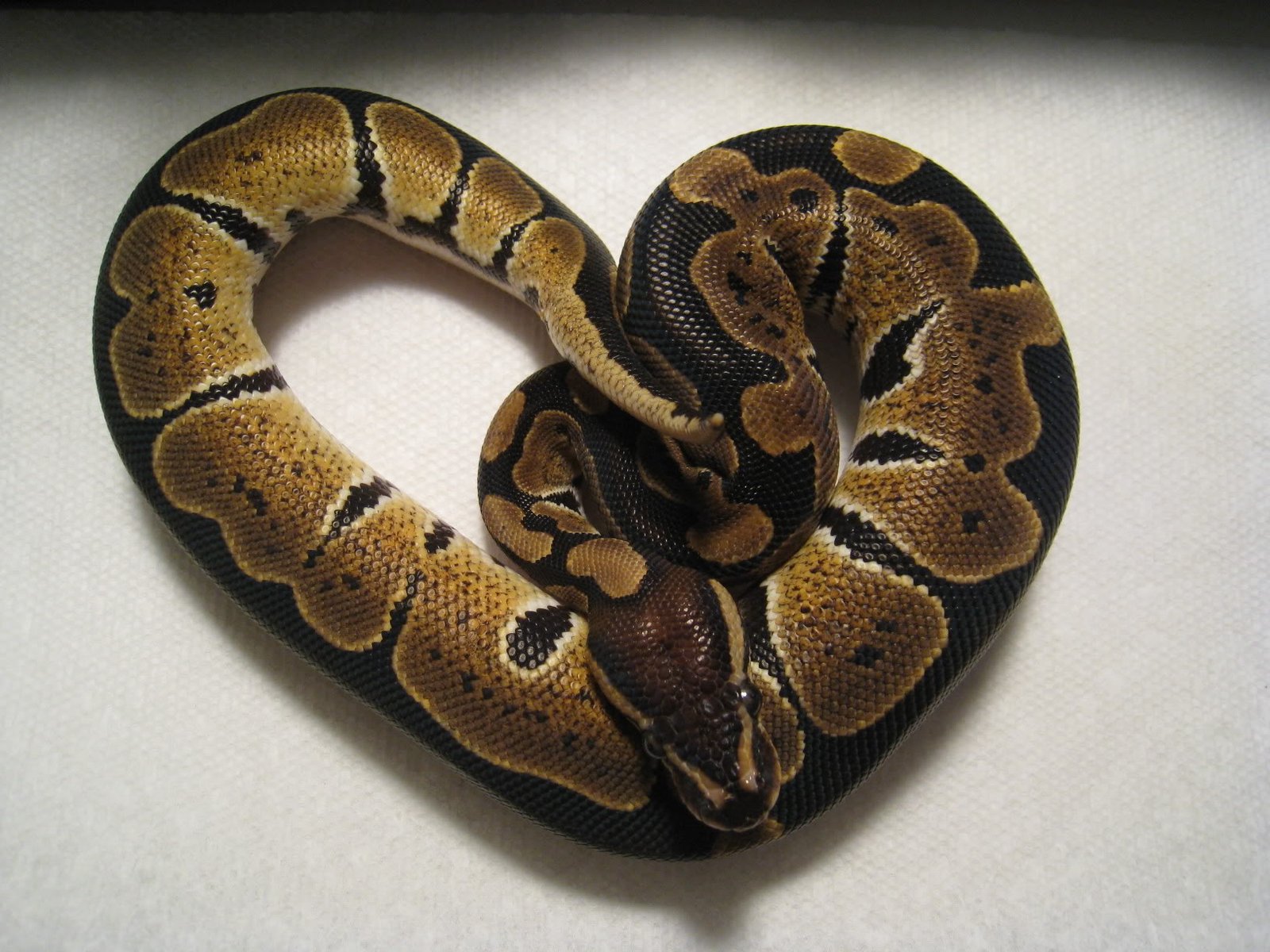
Juvenile ball pythons have a faster metabolism compared to adults, which means they require more frequent feedings. Typically, young ball pythons should be fed every 5 to 7 days. This frequent feeding ensures they receive enough nutrients to support their rapid growth during these early stages of life. It’s important to choose appropriately sized prey, usually about the size of the snake’s girth or slightly larger. Overfeeding or underfeeding can lead to health issues, so keeping a close watch on their growth and adjusting food size accordingly is crucial.
Feeding Adult Ball Pythons
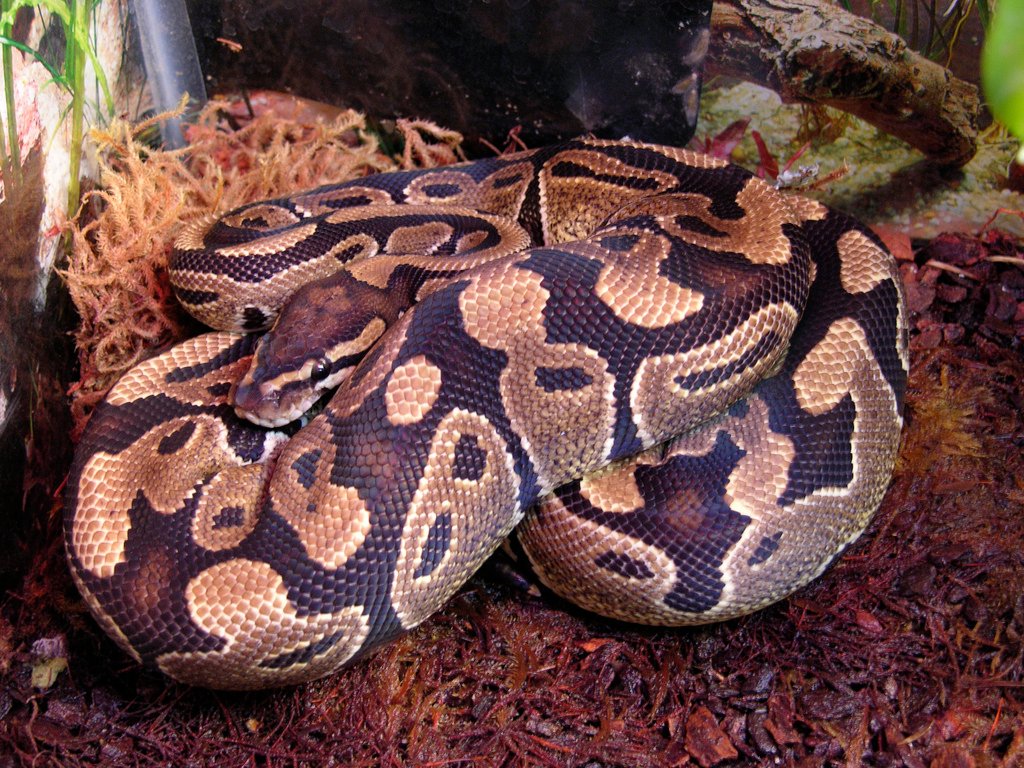
As ball pythons mature, their growth rate slows, and so does their need for frequent meals. Adult ball pythons should be fed every 10 to 14 days. The size of the prey should be equivalent to the thickest part of the snake’s body. Some owners find that their adult ball pythons may prefer eating every two weeks, which is perfectly normal. It’s vital to observe your snake’s behavior and weight regularly. If it appears overweight, consider extending the interval between feedings. Conversely, if it seems underweight, you might need to shorten the feeding intervals.
Signs Your Ball Python is Hungry
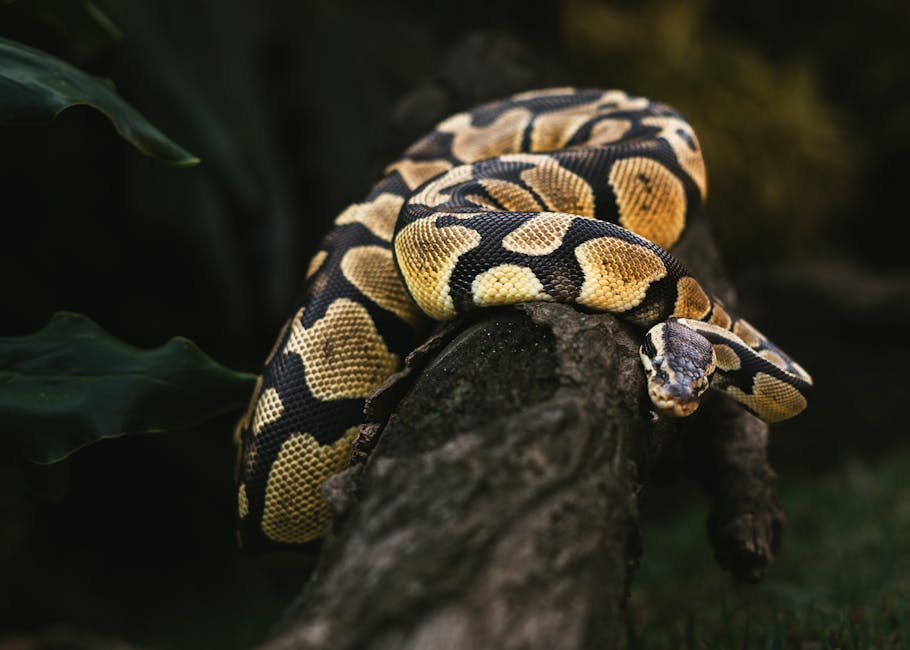
Understanding your ball python’s hunger signals can help you determine the right feeding schedule. A hungry ball python may become more active and start exploring its enclosure, often at night. It might also display increased interest in its surroundings, flicking its tongue more frequently. Some snakes may even strike at the glass or appear more alert and focused. If you notice these behaviors, it might be time to offer a meal. However, always keep in mind your established feeding schedule to avoid overfeeding.
Handling Feeding Challenges
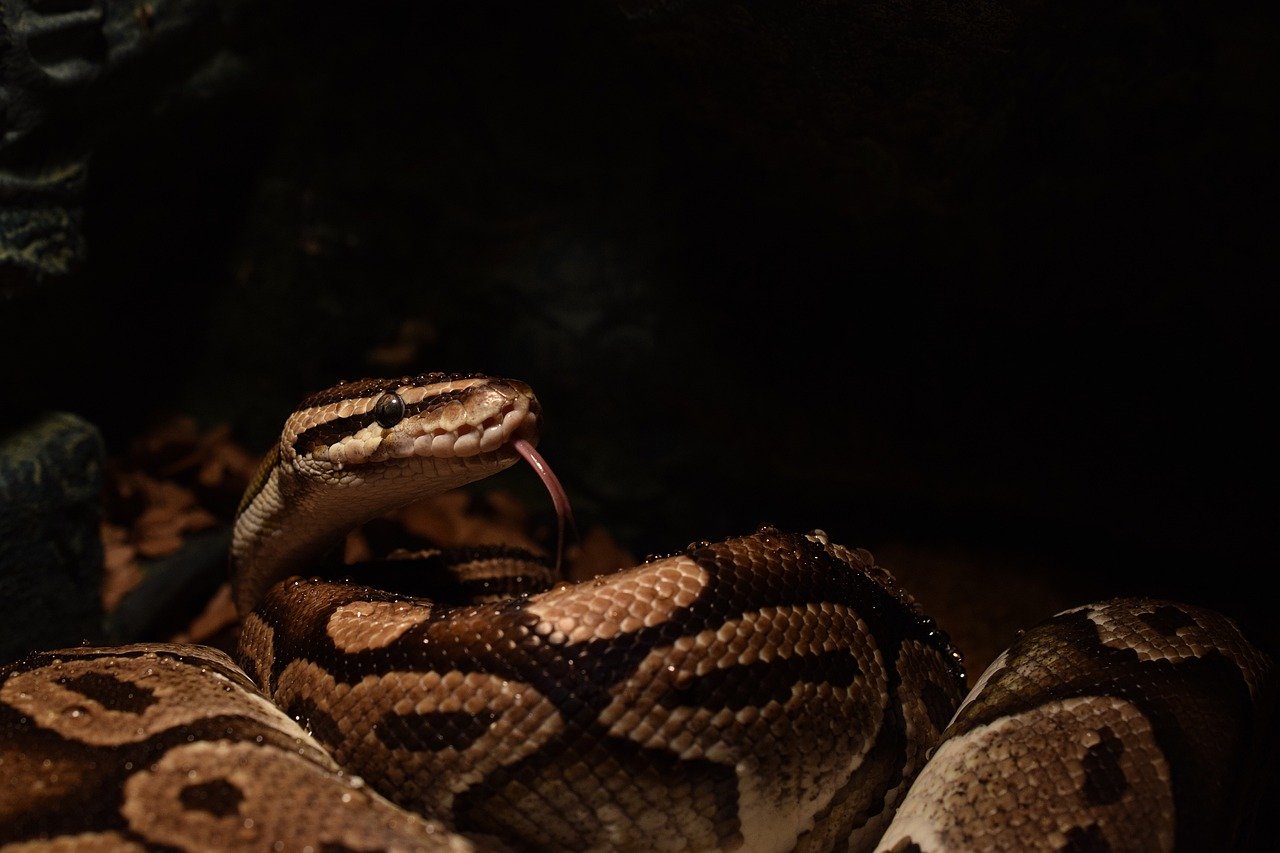
Feeding challenges are not uncommon with ball pythons. They are known for being picky eaters or going off food for extended periods, especially during the winter months or breeding season. If your snake refuses to eat, ensure that the enclosure’s temperature and humidity levels are correct. Sometimes, offering a different type of prey or changing the feeding time can stimulate interest. If your ball python consistently refuses food and shows signs of weight loss or lethargy, consulting a reptile veterinarian is advisable.
Creating a Balanced Feeding Routine
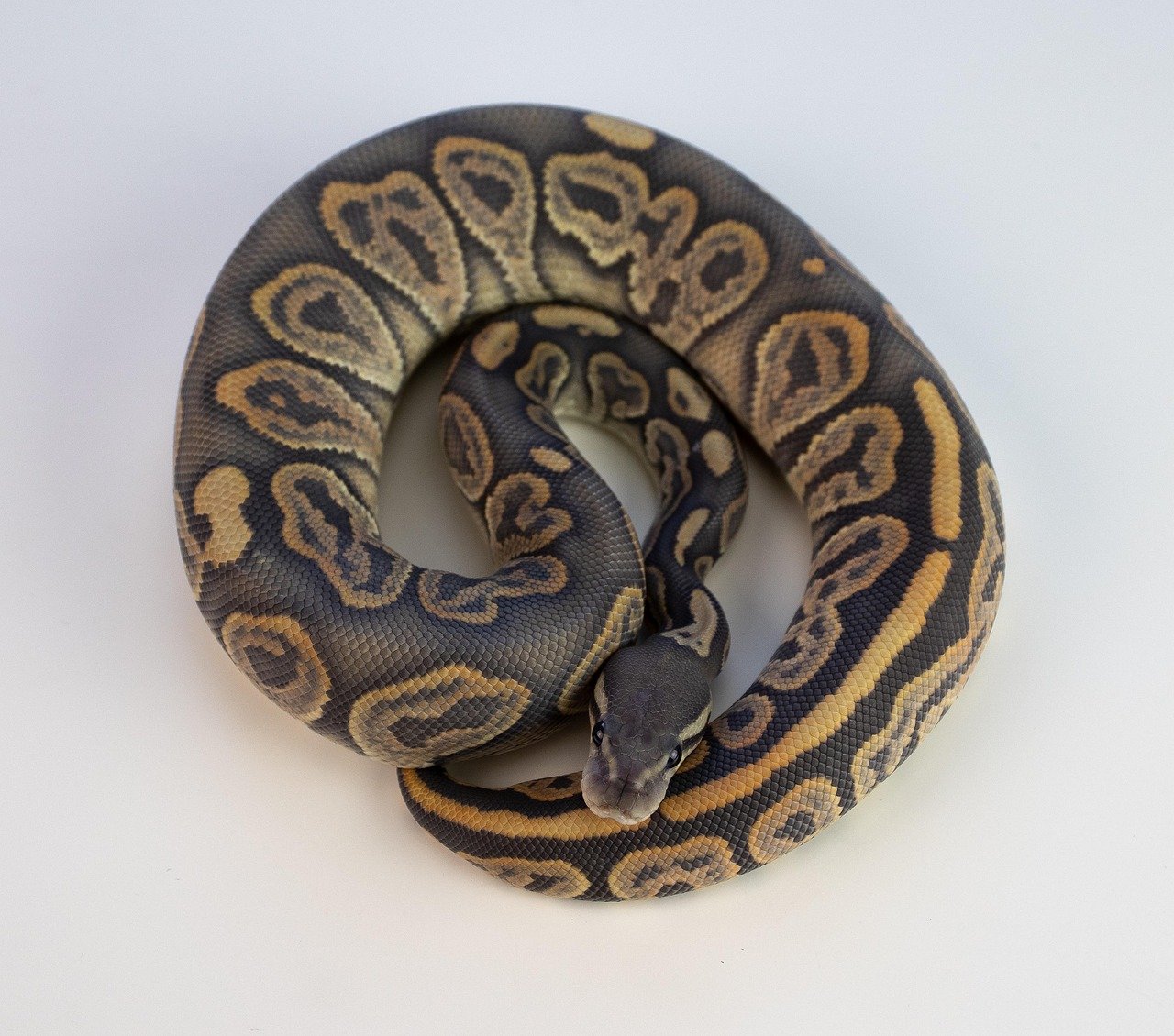
Establishing a balanced feeding routine involves more than just knowing how often to feed your ball python. It’s about creating an environment and schedule that mimics their natural habits while ensuring they receive adequate nutrition. Consistency is key, so try to feed your snake on the same day of the week. This routine helps your snake anticipate feeding times and can reduce stress. Regularly weigh your snake to monitor its health and adjust the feeding frequency if necessary. Remember, each ball python is unique, and their needs may vary.
In conclusion, feeding a ball python requires understanding its natural habits and adjusting to its individual needs. By following a structured feeding schedule and observing your python’s behavior, you can ensure it remains healthy and happy.






